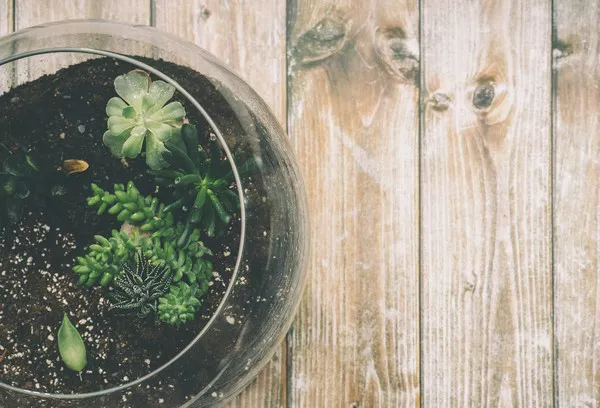Succulents have become a popular choice for plant enthusiasts due to their unique appearance, low maintenance requirements, and versatility in various environments. Among the vast array of succulents, stonecrop succulents stand out for their captivating beauty and resilience. In this comprehensive guide, we will delve into the art of propagating stonecrop succulents, offering step-by-step instructions and valuable tips for success.
Understanding Stonecrop Succulents
Before we dive into propagation techniques, it’s crucial to understand the unique characteristics of stonecrop succulents. These plants belong to the Sedum genus and are known for their fleshy, water-retaining leaves, which contribute to their remarkable drought tolerance. Stonecrop succulents come in a variety of species, each with its own distinct features, making them a delightful addition to any succulent collection.
Choosing the Right Succulent
When embarking on the journey of propagating stonecrop succulents, selecting the right parent plant is key. Look for healthy specimens with vibrant colors, firm leaves, and no signs of pests or diseases. Opting for a succulent that has already exhibited robust growth indicates its adaptability and enhances the chances of successful propagation.
Propagating from Leaves
One of the most common methods of succulent propagation is through leaves, and stonecrop succulents are no exception. To propagate succulents from leaves, follow these steps:
1. Select a healthy leaf: Choose a plump, healthy leaf from the parent plant. Gently twist the leaf from the stem, ensuring you get a clean break.
2. Allow the leaf to callus: Place the detached leaf in a dry, shaded area for a few days to allow the cut end to callus. This step is crucial for preventing rot during the propagation process.
3. Plant the leaf: Once the leaf has callused, plant it in well-draining succulent soil, burying the cut end slightly. Mist the soil lightly with water, and place the pot in a bright, indirect light location.
4. Patience is key: Over the next few weeks, the succulent leaf will develop roots and a tiny rosette. Be patient and resist the urge to overwater during this critical stage.
See Also: How to replant zebra succulent?
Dividing Stonecrop Succulents
Succulent division is another effective propagation method, especially for stonecrop varieties that produce offsets or clusters. Follow these steps for successful division:
1. Identify offsets: Look for offsets, or baby plants, growing at the base of the parent succulent. Use a clean, sharp knife or scissors to carefully separate the offsets from the main plant.
2. Allow for healing: Just like leaf propagation, it’s essential to let the cut ends of the offsets dry and callus before planting them. This reduces the risk of infection and encourages healthy root development.
3. Plant the offsets: Once callused, plant the offsets in individual pots with well-draining succulent soil. Water sparingly, and provide bright, indirect light.
4. Monitor and care: Keep a close eye on the newly planted offsets, ensuring they receive adequate light and moisture. As they establish roots and grow, gradually adjust their care routine to match that of mature stonecrop succulents.
Succulent Care and Maintenance
While stonecrop succulents are generally low-maintenance, proper care is crucial for their overall health and successful propagation. Here are some essential tips to keep in mind:
1. Well-draining soil: Use a well-draining succulent mix to prevent waterlogged roots, which can lead to root rot—a common issue in succulents.
2. Adequate sunlight: Stonecrop succulents thrive in bright, indirect light. Provide them with at least 6 hours of sunlight per day, either by placing them near a window or using grow lights.
3. Watering regimen: Succulents, including stonecrop varieties, prefer infrequent but deep watering. Allow the soil to dry out completely between waterings to prevent overwatering and root rot.
4. Temperature considerations: Stonecrop succulents are generally cold-hardy, but extreme temperatures can stress the plants. Protect them from frost and excessive heat, especially during the winter and summer months.
Conclusion
Successfully propagating stonecrop succulents is a rewarding experience for both novice and experienced plant enthusiasts. Whether you choose leaf propagation or division, understanding the unique needs of these succulents is crucial for achieving optimal results. By selecting healthy parent plants, following proper propagation techniques, and providing the right care, you can enjoy a flourishing collection of stonecrop succulents that adds beauty to your indoor or outdoor spaces. Embrace the world of succulents and unlock the secrets to cultivating these resilient and charming plants in your own garden.


